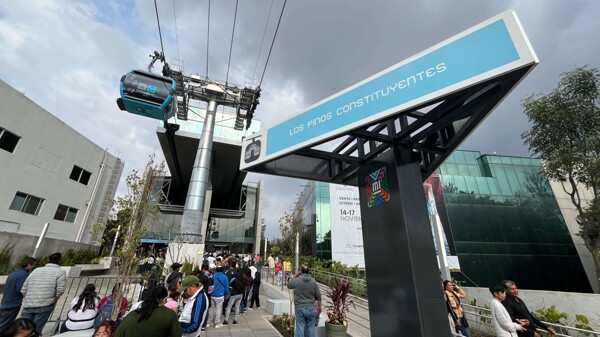
An Industrial Robotics Engineering student from the National Polytechnic Institute (IPN) has developed an innovative glove called Signal Glove, designed to translate Mexican Sign Language (LSM) and facilitate communication for people with hearing disabilities. Héctor Hernández Jiménez, a third-semester student at the Superior School of Mechanical and Electrical Engineering (ESIME), Azcapotzalco Unit, created this device that allows for the transformation of hand movements into visible text, aimed at individuals who do not know LSM.
Unlike other devices on the market, this glove is capable of accurately capturing each gesture, eliminating the margin of error in the interpretation of signs. Each movement generates a letter that is sent in real time to a small control box on the forearm, which transmits the message to an LED screen where the recipient can read the message.
Héctor Hernández's talent was recognized this year with first place in the James Dyson Award Mexico 2024, where the Signal Glove received all the applause. Like any language, LSM has its own syntax, grammar, and vocabulary.
The difficulty faced by people with hearing disabilities in communicating with others hinders their educational, professional, and human development, limiting their opportunities for inclusion. In response to this need, deaf individuals have developed their own form of communication, having their own Dictionary of Mexican Sign Language.
With a combination of precision sensors and Bluetooth technology, the Signal Glove translates each gesture into letters that appear on an LED screen, forming clear words and messages for the receiver. The prototype operates intuitively: a red LED indicates the start of system calibration, and when the light turns green, the user can begin to communicate the message in sign language.
This award, which seeks to promote innovations with a positive impact on society, is just the first step. Now, the project will compete in the international phase, where it will seek to pave the way and demonstrate how technology can literally build bridges of understanding.














